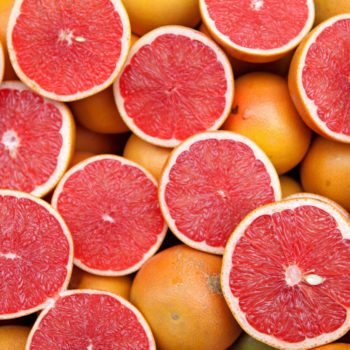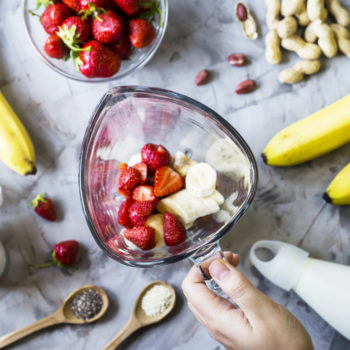Almost everyone likes it and for some it’s a real culinary “obsession” to which you can’t say no. Pizza, an essential pleasure for tables all over the world, is addictive. To provoke it would be the ‘symphony’ of ingredients: a combination of fat, sugar and salt makes the brain happy, positively stimulating the amygdala. An online study on Cnn Health is dedicated to this speciality, starting from the results of a study a few years ago, on the fact that pizza is the number one food among those that create a symptom associated with addiction. We talked about it with Dr. Martina Gozza, dietitian of Humanitas.
Pizza makes the brain “happy”
Why do you like pizza so much that it’s a kind of addiction? A simple question, with complex answers. Ingredients undoubtedly play a role, as does even the experience we associate with its consumption, that is, being with family or friends.
“I’m fascinated by the fact that people eat almost every type of pizza, not necessarily the ‘best’ one – points out Gail Vance Civille, founder and president of Sensory Spectrum, a consulting firm that helps companies, including pizzerias, to understand how sensory stimuli drive consumer perceptions – and part of this is the fact that it’s the superb choice of ingredients that contain fat, sugar and salt, that satisfies the amygdala, a brain area, and makes the brain very happy”. Herbert Stone, a sensory analyst for 50 years, also points out that “no matter what the style of pizza is, if you have one in the oven, it will smell good and make you hungry”. The good combination of base and mozzarella (but also works with parmesan cheese) is a complementary combination of sour and spicy ingredients. Then there is the cooked tomato, with a fruity character that completes the flavor of the cheese.
The nutritional values of pizza
All this goes to compose a nutritionally complete dish, even if it is full of calories, therefore to be granted no more than once a week within a low-calorie diet of healthy nutrition. It has been calculated that a Margherita pizza provides an energy intake of about 600-700 kcal, with a subdivision into macronutrients of 73% carbohydrates, 19% fat and 8% protein. The calories increase if you add sauces, condiments and fillings rich in fat, for example, the pizza to the 4 cheeses can reach almost 900-1000 kcal. Pizza has a number of important nutritional properties for health: tomato sauce, for example, is rich in lycopene, an antioxidant compound associated with a low risk of prostate cancer, whose bioavailability increases thanks to the addition of extra virgin olive oil raw. The quality of the raw materials, the preparation of the dough, the garnish and the cooking are fundamental. It is without doubt preferable to choose a pizza with a thin base, prepared with a mixture of semi-wholemeal or wholemeal flours, little processed, rich in fiber and micronutrient compounds (eg zinc, iron, vit. group B, and so on), subjected to long leavening, thanks to an optimal use of sourdough, and embellished with simple condiments, vegetable-based.
A balance of taste and color
As moist as tomato sauce, but without sacrificing either the crunchiness of the crust or the chewability of the cheese. If the pizza is well made, none of the ingredients overlap each other and arrive together in a unified way. Colors also play an important role in the ability to make your mouth water. The most ‘attractive’ sauce color? It’s a very deep red. The ‘symphony of ingredients’ is best if we combine pizza with an evening with friends in front of a game on TV or with our loved ones. In the USA they even gave it a name: “pizza experience”.








